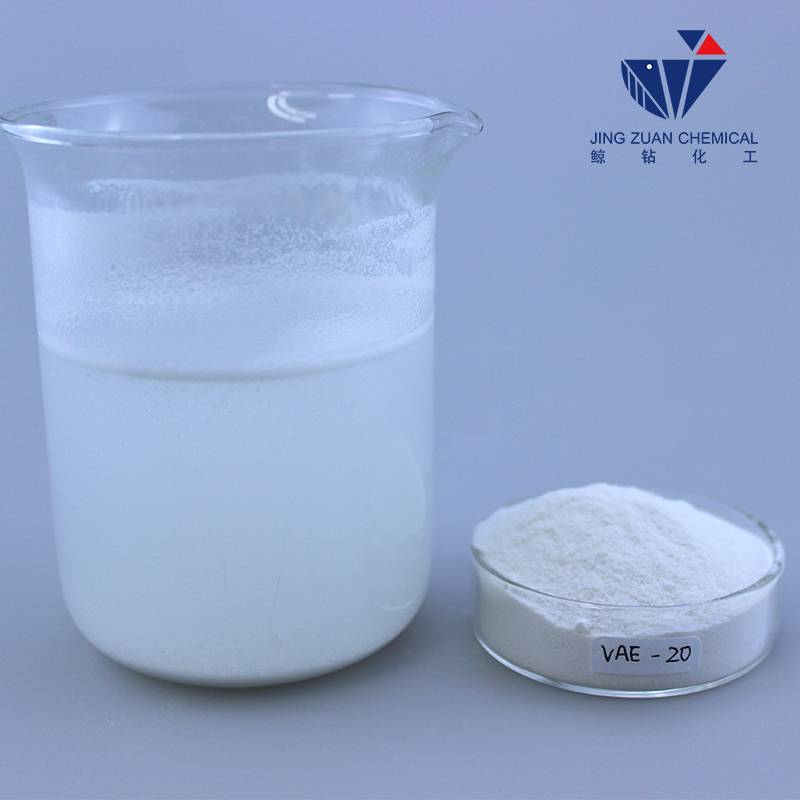
Th12 . 01, 2024 22:44 Back to list
hpmc chemical structure
Understanding the Chemical Structure of HPMC
Hydroxypropyl methylcellulose, commonly known as HPMC, is a versatile polymer predominantly used in the pharmaceutical, food, cosmetic, and construction industries. Its unique chemical structure and properties make it a valuable component in various applications. This article aims to explore the chemical structure of HPMC, its properties, and its uses across different sectors.
Chemical Structure of HPMC
HPMC is a cellulose ether derived from natural cellulose through a series of chemical modifications. The primary structure of cellulose consists of repeated units of glucose monomers linked by β-1,4-glycosidic bonds. When cellulose undergoes chemical modification, it is first treated with alkali to produce alkali cellulose, which is then reacted with propylene oxide and methyl chloride in a specific sequence. This process imparts hydroxypropyl and methyl groups onto the cellulose backbone.
The degree of substitution (DS) and the molar substitution (MS) of the hydroxypropyl and methyl groups are critical in defining the properties of HPMC. The DS and MS can be tailored during the synthesis process to achieve specific viscosity and solubility characteristics. Typically, HPMC is characterized by a high DS of methyl groups and a moderate DS of hydroxypropyl groups. For example, an HPMC with a DS of 2.0 (maximum of 3) can impart unique solubility and film-forming abilities, making it suitable for various applications.
HPMC’s chemical structure consists of long polymer chains that are intertwined, giving it a three-dimensional network. The presence of hydrophilic hydroxypropyl groups increases the solubility of HPMC in water, while the hydrophobic methyl groups enhance its hydrophobicity. The balance between these functional groups plays a crucial role in determining how HPMC interacts with other substances, including water, salts, and other polymers.
Properties of HPMC
The unique chemical structure of HPMC leads to several important properties. One of the most notable is its rheological behavior. HPMC solutions exhibit shear-thinning properties, meaning they become less viscous under shear stress, making them easy to apply in various formulations. This property is particularly advantageous in the pharmaceutical industry, where HPMC is often used in the preparation of controlled-release formulations.
hpmc chemical structure

Another important property of HPMC is its film-forming ability. When dissolved in water and then dried, HPMC forms a flexible and transparent film that can be used in coatings for tablets or as a binder in various formulations. Its film-forming capability also extends to cosmetic and food applications, where it serves as a stabilizer and emulsifier.
Moreover, HPMC is known for its excellent thermal stability and resistance to oxidation, which makes it a favorable choice for use in environments where heat or reactive components may be present. These attributes make HPMC suitable for high-temperature applications, extending its usability significantly.
Applications of HPMC
In the pharmaceutical industry, HPMC is widely used as a pharmaceutical excipient, playing crucial roles as a binder, disintegrant, and controlled-release agent in tablet formulations. Its ability to swell in the presence of water aids in the dissolution and release profiles of active ingredients, facilitating better drug delivery.
In the food industry, HPMC serves as a thickener, emulsifier, and texture agent. Its properties contribute to the consistency and stability of various food products, ensuring that they maintain their desired texture and appearance over time. Additionally, HPMC is often found in gluten-free products, where it helps to improve the texture and moisture retention.
The cosmetic industry also benefits from HPMC’s properties. It is used in formulations for skincare and haircare products, where it acts as a thickener and stabilizer, ensuring a smooth application and enhanced sensory experience. In the construction sector, HPMC is employed as an additive in mortars and plaster, where it improves workability and adhesion.
Conclusion
Understanding the chemical structure of HPMC provides insight into its versatile applications and the benefits it offers across multiple industries. By manipulating the degree of substitution of hydroxypropyl and methyl groups, manufacturers can tailor HPMC’s properties to meet specific needs, making it an indispensable polymer in modern formulations. Whether in pharmaceuticals, food, cosmetics, or construction, HPMC's unique characteristics continue to play a vital role in product development and innovation.
-
Unlocking the Benefits of HPMC Products: A Gateway to Versatile Applications
NewsAug.07,2025
-
Unleashing the Potential of HPMC Ashland: A Comprehensive Look
NewsAug.07,2025
-
Tile Bonding Cellulose: The Key to Superior Adhesion and Durability
NewsAug.07,2025
-
Hydroxypropyl Methylcellulose Powder: The Versatile Component in Modern Pharmaceuticals
NewsAug.07,2025
-
Hydroxyethyl Cellulose: The Versatile Solution for Various Industries
NewsAug.07,2025
-
Hydroxyethyl Cellulose (HEC): The Versatile Polymer for Various Applications
NewsAug.07,2025







